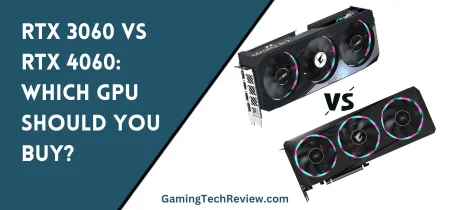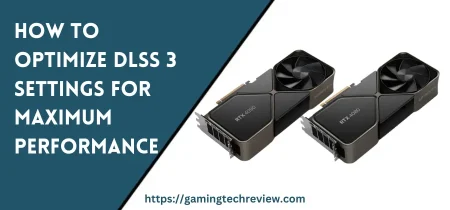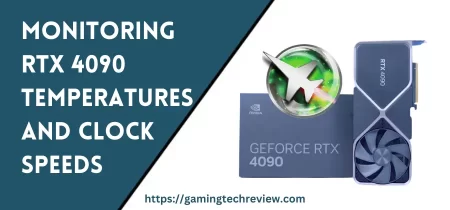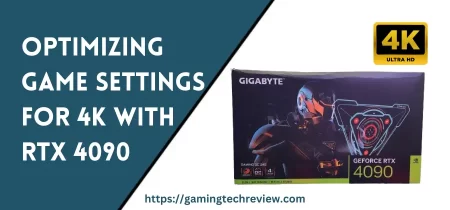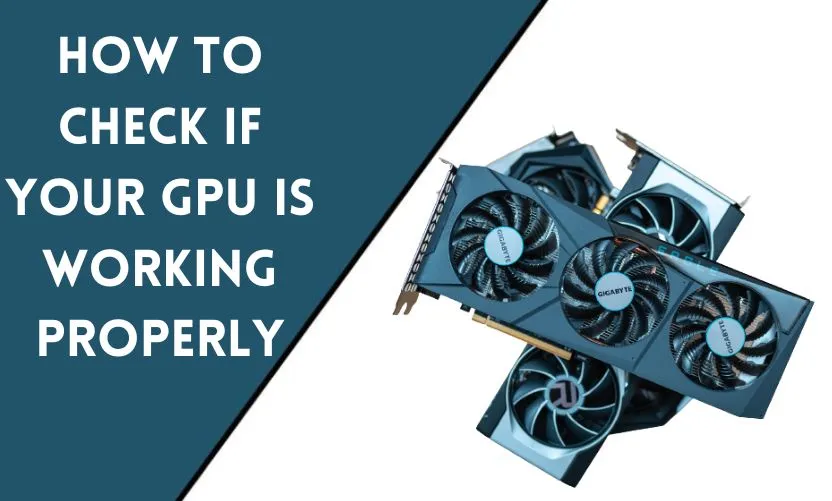
If you are a computer user or a gamer, then you know that your GPU or Graphics Processing Unit is one of the essential components of your system. It is responsible for handling all the graphics-related tasks on your computer, including rendering videos, playing games, and other graphics-intensive tasks. However, like any other hardware component, your GPU can also encounter problems that affect its performance. In this article, we will discuss how to check if your GPU is working properly and what to do if it’s not.
Understanding GPU Failure
Before we delve into how to check if your GPU is working properly, it’s essential to understand what GPU failure is and its common signs. GPU failure occurs when your GPU is not functioning correctly, leading to a wide range of problems such as blue screens, visual artifacts, freezing, and crashing. Common signs of GPU failure include:
- Your computer screen freezes or goes black.
- Your computer crashes or restarts unexpectedly.
- You notice visual artifacts or distortions on your screen.
- Your computer becomes slow or unresponsive.
- You experience issues when playing games or running graphics-intensive applications.
If you encounter any of these issues, it’s likely that your GPU is failing and needs to be checked.
Checking Your GPU Using Windows Task Manager
One of the easiest ways to check if your GPU is working properly is to use the Windows Task Manager. Here are the steps to follow:
- Right-click on your taskbar and select “Task Manager.”
- Click on the “Performance” tab.
- Click on “GPU” in the left-hand menu.
- Check the “GPU 0” or “GPU 1” tab to see if your GPU is working correctly.
If your GPU is working correctly, you should see an activity graph that shows its usage percentage. If the graph shows low or no activity, then there might be an issue with your GPU.
Checking Your GPU Using GPU-Z
Another way to check if your GPU is working properly is to use a third-party tool like GPU-Z. GPU-Z is a free tool that provides detailed information about your GPU, including its clock speed, temperature, and usage. Here’s how to use GPU-Z:
- Download and install GPU-Z from the official website.
- Launch GPU-Z and click on the “Sensors” tab.
- Check the GPU usage and clock speed values to see if they are normal.
- Monitor the temperature to ensure that it’s within normal limits.
If you notice any abnormalities in the values, it’s recommended that you seek help from a professional or your GPU’s manufacturer.
Running GPU Stress Tests
One way to determine if your GPU is working correctly is to run stress tests. Stress tests put your GPU under maximum load to determine if it can handle the workload without issues. Here are some popular stress test tools:
- FurMark: FurMark is a free GPU stress test tool that is easy to use. It is available for Windows and Linux and can run on most modern GPUs.
- 3DMark: 3DMark is a popular GPU benchmarking tool that includes a stress test feature. It is available for Windows and can run on most modern GPUs.
- Unigine Heaven: Unigine Heaven is a GPU benchmarking tool that includes a stress test feature. It is available for Windows and Linux and can run on most modern GPUs.
When running a GPU stress test, monitor your GPU’s temperature and usage to ensure that it’s not overheating or experiencing any abnormalities.
Updating Your GPU Drivers
Outdated GPU drivers can cause a wide range of problems, including GPU failure. It’s recommended that you update your GPU drivers regularly to ensure that your GPU is working correctly. Here’s how to update your GPU drivers:
- Visit your GPU manufacturer’s website.
- Find the latest GPU driver for your GPU model and download it.
- Install the driver by following the manufacturer’s instructions.
- Restart your computer to complete the installation process.
After updating your GPU driver, check if your GPU is working properly.
Cleaning Your GPU
Dust buildup and overheating can cause GPU failure. It’s recommended that you clean your GPU regularly to remove dust buildup and prevent overheating. Here’s how to clean your GPU:
- Turn off your computer and unplug it from the power source.
- Open your computer case and remove your GPU.
- Use a can of compressed air to blow out any dust buildup from your GPU’s heatsink and fan.
- Reinsert your GPU into your computer and close the case.
After cleaning your GPU, check if your GPU is working properly.
Replacing Your GPU
If all the above methods fail, it’s likely that your GPU has failed and needs to be replaced. Here’s how to replace your GPU:
- Purchase a new GPU that is compatible with your computer.
- Turn off your computer and unplug it from the power source.
- Open your computer case and remove your old GPU.
- Insert the new GPU into the same PCIe slot as the old GPU.
- Connect the necessary power cables to the new GPU.
- Close your computer case and turn on your computer.
- Install the necessary drivers for your new GPU.
After replacing your GPU, check if your computer is working correctly.
Conclusion
In conclusion, your GPU is an essential component of your computer system that needs to be checked regularly to ensure that it’s working correctly. By following the steps outlined in this article, you can determine if your GPU is working correctly and take the necessary steps to fix it if it’s not.
Frequently Asked Questions
What does GPU stand for?
GPU stands for Graphics Processing Unit.
How often should I check my GPU?
It’s recommended that you check your GPU regularly, at least once every six months.
Can I use the same stress test tool for both AMD and Nvidia GPUs?
Yes, most stress test tools are compatible with both AMD and Nvidia GPUs.
What should I do if my GPU fails?
If your GPU fails, you should seek help from a professional or your GPU’s manufacturer.
Can I replace my GPU myself?
Yes, you can replace your GPU yourself if you have the necessary knowledge and tools. However, it’s recommended that you seek help from a professional if you’re unsure.






